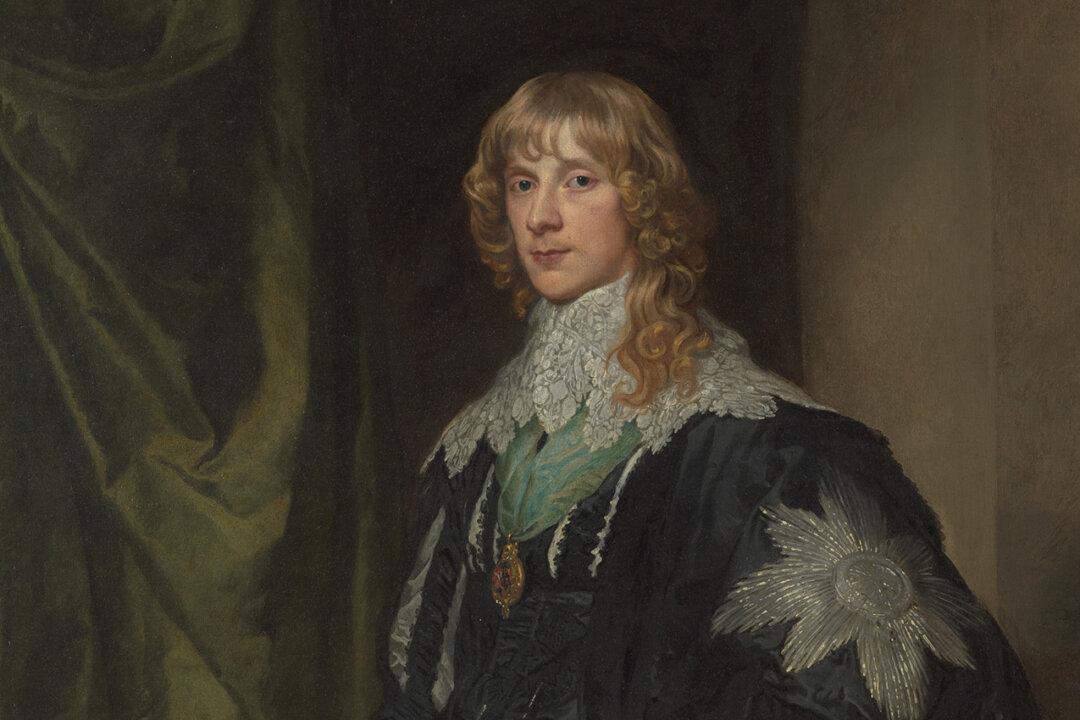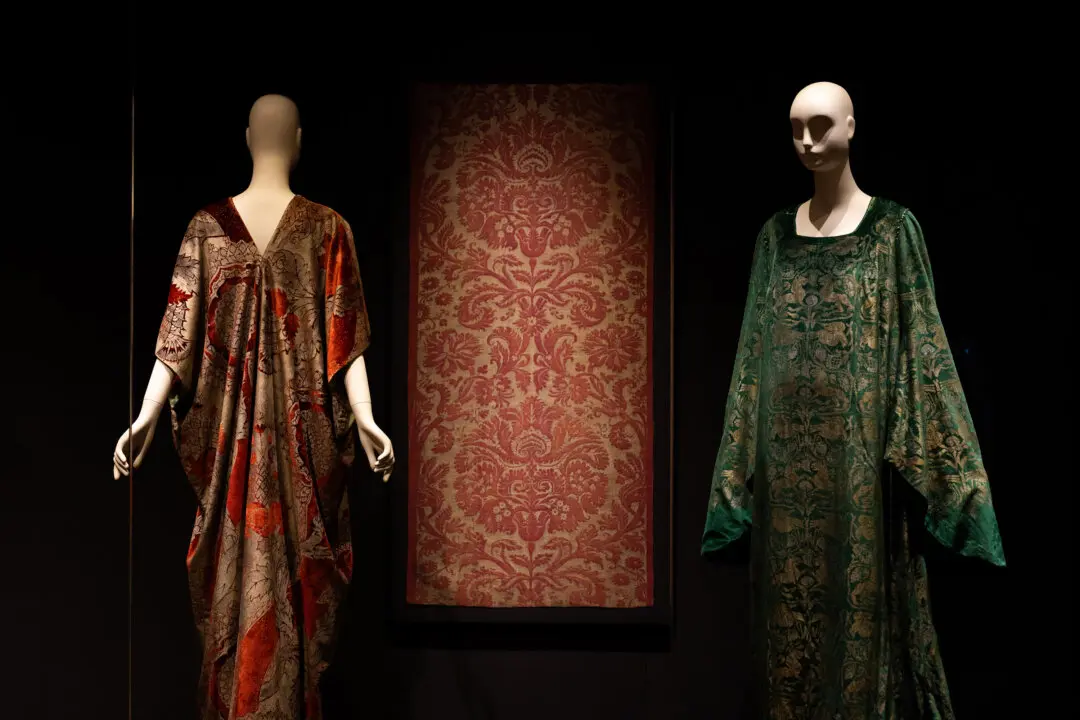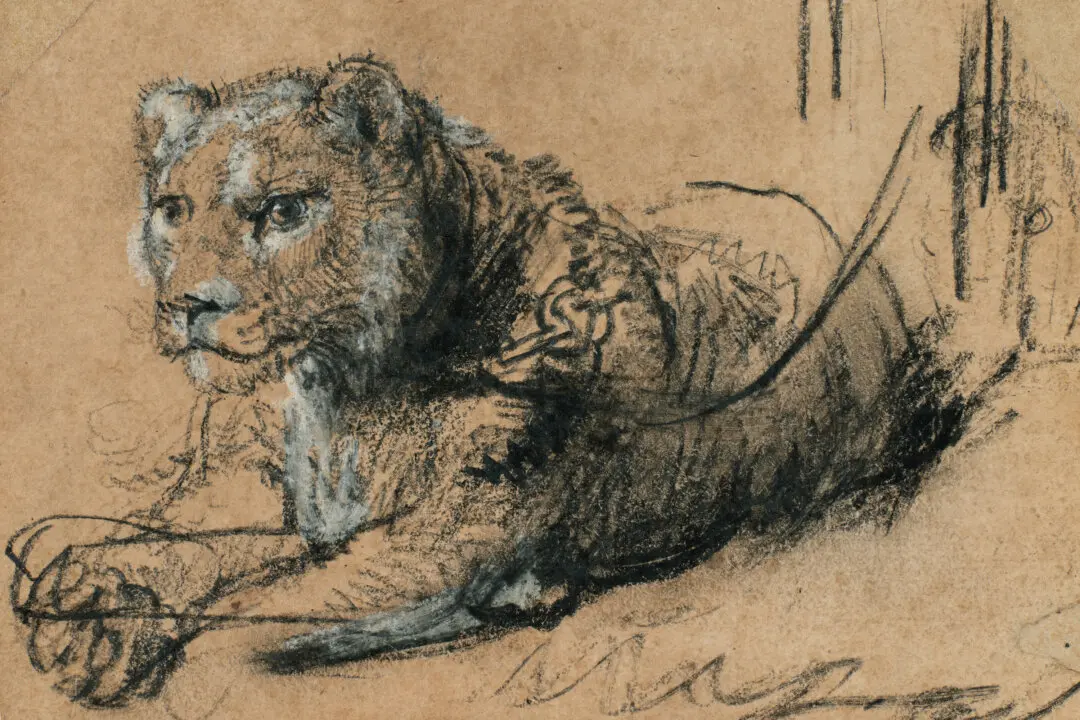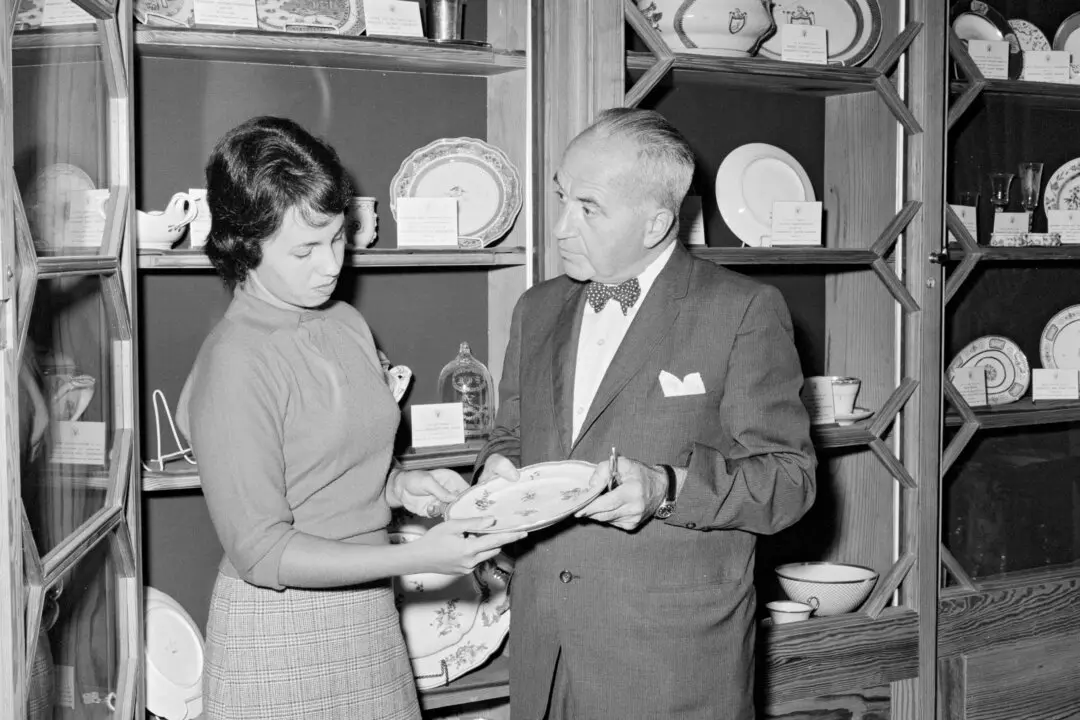Flemish painter Anthony van Dyck (1599–1641) was a consummate portraitist. He is best known today for supremely elegant portrayals of the English monarch King Charles I and his court. Van Dyck was a master colorist and used this skill, along with bravura brushstrokes, to convey light, movement, and textiles. This expertise allowed him to create remarkably accurate, though still painterly, depictions of lace. This delicate, intricate fabric was a popular fashion accessory in 16th- and 17th-century portraits for wealthy patrons.
One of the greatest delights in viewing portraiture is luxuriating in the fine details of a sitter’s dress as captured by the artist. “James Stuart (1612–1655), Duke of Richmond and Lennox” at The Metropolitan Museum of Art is a Van Dyck masterpiece that brilliantly encapsulates both the height of Baroque portraiture and the depiction of fabrics.





